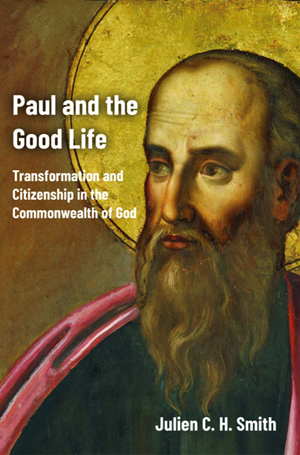Question: What Kind of Person Do You Want to Be?

It’s a question that needs to be asked: What kind of person do I want to be or to become? Not how successful do I want to be? Which lead to a different question:
What do I need to do now to become that kind of person? Which leads to another question:
What most shapes me now in being the person I am? Better question:
Who is shaping me most? Who do we want to be like? [In writing this I got a notice from my computer how much screen time I spent this week – it was down 32%! Does it want me to bump it up? It turned off before I could even read the whole notification.]
It is not unnoticed by many today that social media spiritually (yes) forms us. Rather, spiritually can de-form us. Social media teach us, without ever saying so, to become the sort of person that gets lots of Likes and Retweets and Hearts. We become what others like. Who are the others? (Good question to ask.) What “self” is being formed here?
Character, which Laura Barringer and I explored in A Church called Tov, is back on the stage because what’s on the stage is not right. We need a renewal of minds about what matters most, and that is why the chapter on character in Julien C.H. Smith, Paul and the Good Life, is the subject of this blog post.
Here’s a good verse for pondering today:
p.p1 {margin: 0.0px 0.0px 0.0px 0.0px; font: 14.0px Garamond} And all of us, with unveiled faces, seeing the glory of the Lord as though reflected in a mirror, are being transformed into the same image from one degree of glory to another; for this comes from the Lord, the Spirit (2 Cor 3:18).
Notice: gazing into the face of Jesus is transformative. Gazing into our own faces is de-formative.
Gazing matters. At whom we gaze matters the most. Who is our “at whom”? Smith speaks then of the transformative power of “association with Jesus.” Which involves assocation with the community of Jesus and learning that kind of life.
Smith examines the ideal philosopher-king as the an agent of transformation. The ideal king was a philosopher who embodied or en-souled the ideal law and so gave a vision of transformation for the citizens. Smith then turns this from Plato etc to Moses, about whom 2 Cor 3 clearly speaks, and then toward Jesus as the ideal king as the new vision for the people of Jesus.
He’s got lots going on in this chp. He turns to Paul’s own witness about his own life in the heart of 2 Corinthians. Here Paul fashions his own image in the image of the suffering Christ. He is the emissary of a suffering king (2 Cor 2:14-17), that it is all to be written on the heart (3:1-6), and the faces of two kings (3:7-18; 4:6).

What are Paul’s practices? How did he learn to gaze at Jesus?
He trained according to 1 Cor 9:24-27:
Do you not know that in a race the runners all compete, but only one receives the prize? Run in such a way that you may win it. Athletes exercise self-control in all things; they do it to receive a perishable wreath, but we an imperishable one. So I do not run aimlessly, nor do I box as though beating the air; but I punish my body and enslave it, so that after proclaiming to others I myself should not be disqualified.
Smith, influenced by Dallas Willard, speaks now of spiritual disciplines, one of which is suffering! Notice 2 Cor 11:21-30. He disciplined his body. The point: learning contentment in weakness.
One needs to observe that the disciplines of community life are not sufficiently addressed here. Ecclesial spiritual disciplines transform spiritual formation from individualism into ecclesial formation.
Jesus Creed is a part of CT's
Blog Forum. Support the work of CT.
Subscribe and get one year free.
The views of the blogger do not necessarily reflect those of Christianity Today.



















